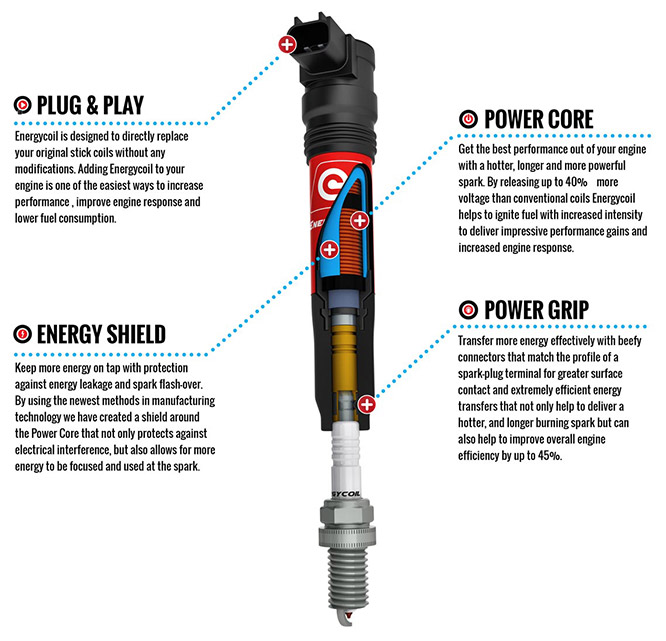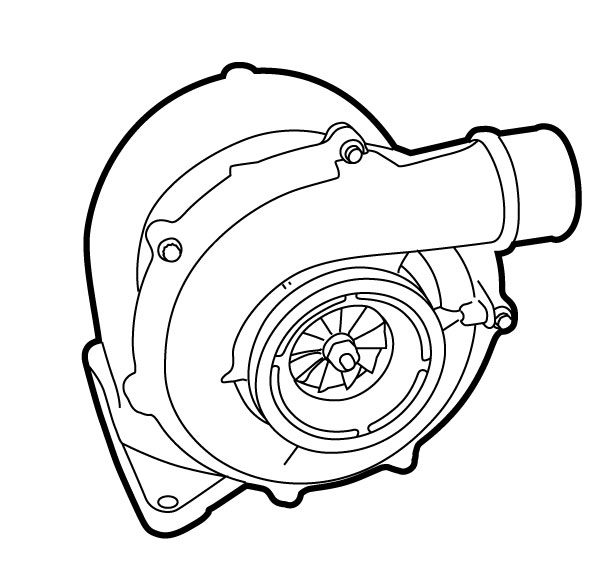Energy Coil Tech Articles
|
These tech articles are brought to you by Energy Coil and can be viewed in their original form here. How Does a High Output Ignition Coil Help Performance?
|
|
These tech articles are brought to you by Energy Coil and can be viewed in their original form here. How Does a High Output Ignition Coil Help Performance?
|
We'd love to hear your feedback! Please leave us a Google Review ★★★★★





